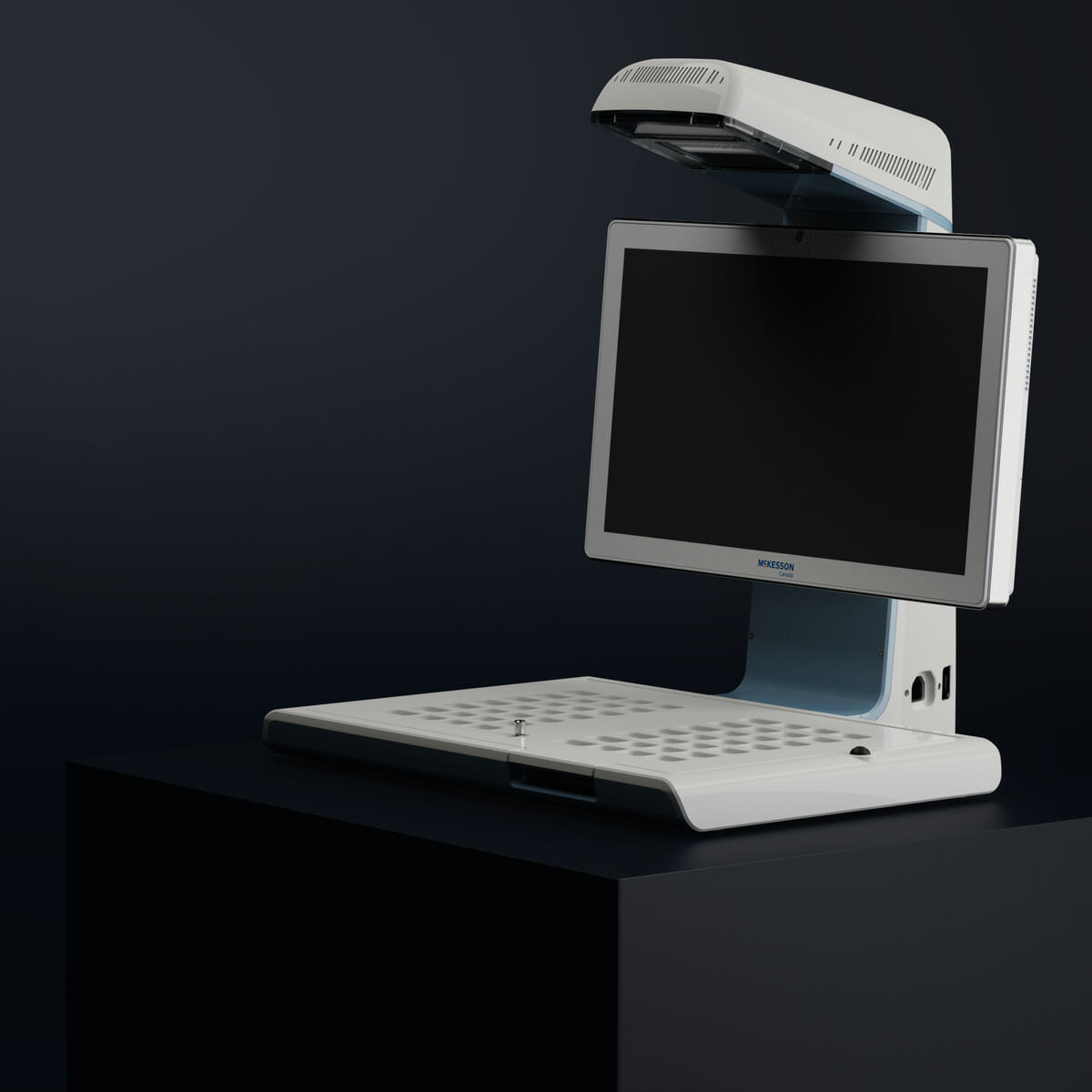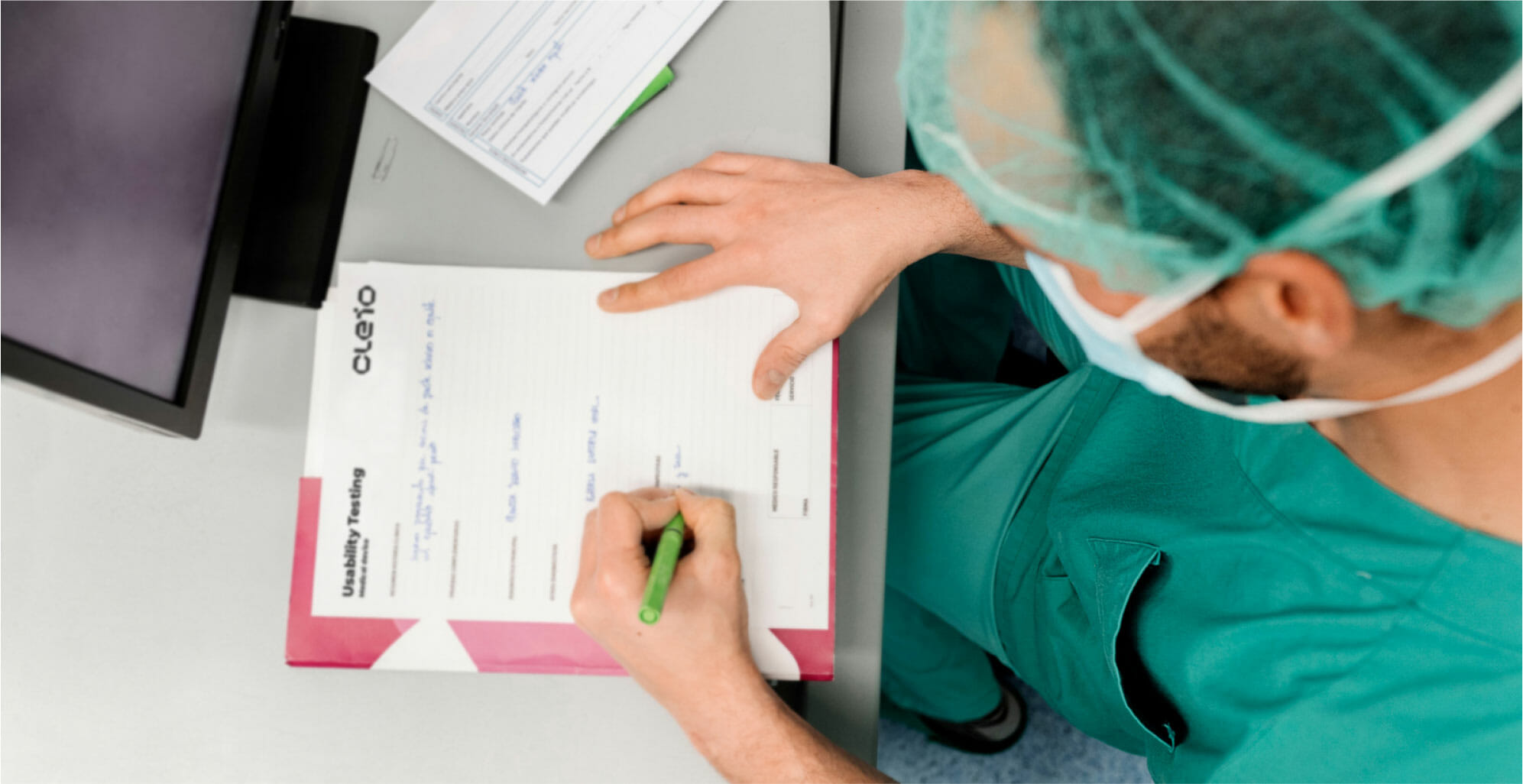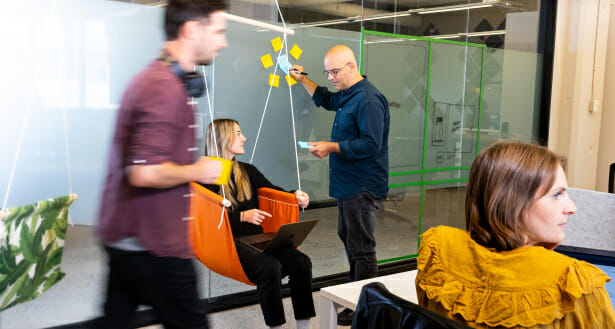1. User interviews

2. Task analysis
3. Prototyping


4. Expert evaluations
To assess the usability of a medical device prior to involving users, UX specialists have a few tools at their disposal: heuristic assessment and cognitive walkthrough. The first consists of methodically analyzing the graphical interface of a system, page by page, based on a series of established criteria called heuristics. Several sets of criteria can structure such an analysis, such as the Ergonomic Criteria of Bastien and Scapin and the 10 usability heuristics by Jakob Nielsen.
Nielsen's 10 Usability Heuristics
- Visibility of system status
- Match between system and the real world
- User control and freedom
- Consistency and standards
- Error prevention
- Recognition rather than recall
- Flexibility and efficiency of use
- Aesthetic and minimalist design
- Help users recognize, diagnose, and recover from errors
- Help and documentation
5. Usability testing

During the Summative Evaluation — which aims to get objective evidence of the safety of use following the development process — it is crucial to mimic the actual user experience as closely as possible. At that point, we will use the final product in a realistic setting, and participants will be representative of the target users.
NEW EBOOK
Demystify the design process with 7 frequently asked questions about UX
From dynamic sketches to immersive role-playing, every discipline have to be involved in this UX approach focused on creating unforgettable interactions 🚀
Discover our insights and elevate your UX design process by downloading our free ebook!
Sources


